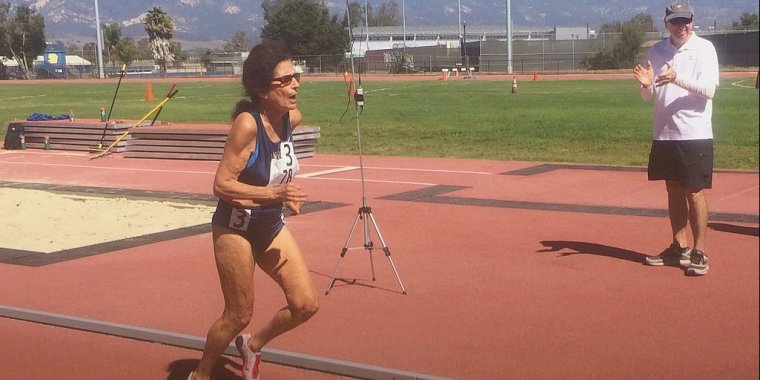| News / Science News |
Engaging in physical activity could reduce long-term mortality
Cognitive frailty is a heterogeneous clinical manifestation characterized by the simultaneous presence of both physical frailty and cognitive impairment, in the absence of dementia, and it seems to entail a greater death risk than physical frailty or cognitive impairment separately.

Engaging in physical activity could reduce long-term mortality. ![]()
Despite the potential effect of regular physical activity to slow cognitive decline and its association with lower mortality in nonfrail individuals, no previous studies have investigated whether and to what extent physical activity could attenuate the effect of cognitive frailty on mortality.
Colleagues from the University of Granada, Universidad Autónoma de Madrid, IMDEA Food Institute, CIBER in Epidemiology and Public Health and Northeastern provide the first empirical evidence about the impact of physical activity on mortality in cognitively frail individuals.
These novel results showed that cognitive frailty was associated with increased mortality more markedly in the inactive older adults and, more importantly, being physically active may reduce the mortality risk among cognitively frail individuals by 36%.
Compared to those who were robust and active, participants with cognitive frailty who were inactive had the highest mortality risk, which was equivalent to being almost 7 years older.
This research may have important implications because the levels of physical activity are dramatically reduced in the elderly while cognitive and physical functioning decline is naturally occurring.
The researchers conclude that promoting a physically active lifestyle could be one of the main strategies to improve vital prognosis among cognitively frail older adults. They call to health Institutions to prescribe physical activity as a pill against cognitive frailty-related mortality. (University of Granada)
YOU MAY ALSO LIKE



